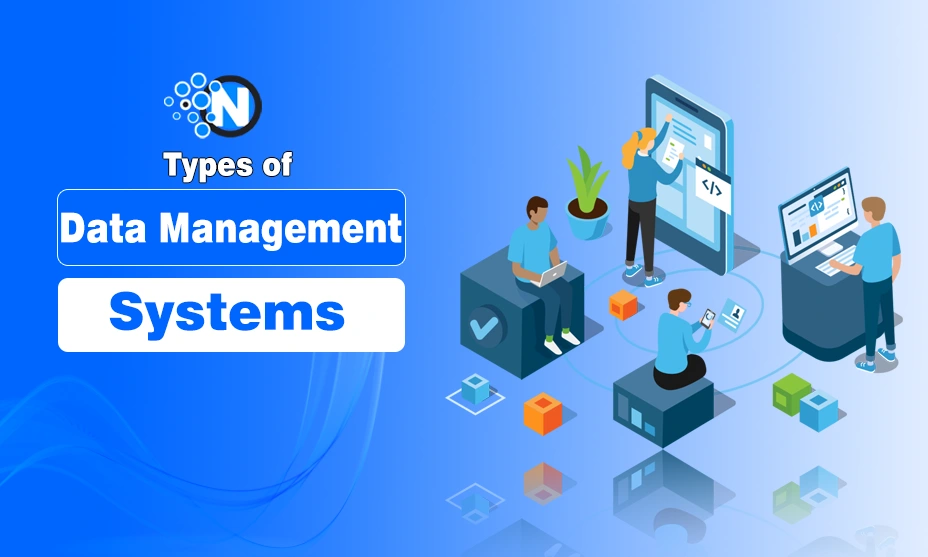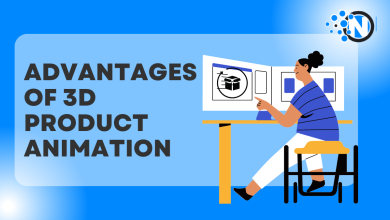Different Types of Data Management Systems
Data management systems have become important in the modern world as businesses and organizations recognize the need for efficient data storage, retrieval, and analysis. With the present reliance on technology to stay competitive, it has become critical for businesses to understand the various types of data management systems available to choose which best meets their needs.
This article will provide an overview of different kinds of data management systems – including databases, enterprise content management (ECM), document stores, big-data solutions, archiving, advanced analytics tools, and more – so readers can gain a better perspective on what options exist for structuring and managing corporate information.
What are Data Management Systems?
Data Management Systems (DMS) are software tools that allow users to store, organize, retrieve, and manage data efficiently. They are supported to serve as a systematic way to handle large volumes of data, ensuring that it is accessible, reliable, and secure.
DMSs are essential for businesses, organizations, and individuals to manage their data effectively, support decision-making, and ensure that their data is reliable and accessible.
Types of Data Management Systems:
DMS has several types, each with its purpose and capabilities. Some of the most common data management types include:
1. NoSQL Databases
NoSQL databases are a form of data management system that has rapidly become popular over the past decade. Unlike the traditional SQL database, NoSQL stores data in various formats, such as JSON documents, rather than relational tables.
Key Benefits:
- Scalability: Ideal for handling large, distributed datasets.
- Flexibility: Easily accommodates different data types.
- Speed: Faster processing for real-time applications.
📌 Common Use Cases: Social media platforms, big data applications, and real-time analytics.
2. Graph Databases
Graph databases are a revolutionary form of data storage that uses graph models to store and process information. Unlike other systems, it employs relationships between entities (rather than tables) to provide more meaningful insights into the underlying structure of the data.
Key Benefits:
- Best for applications needing relationship analysis (e.g., fraud detection, recommendation systems).
- Stores data as nodes and edges, enabling deeper insights.
- More scalable and efficient than traditional databases for interconnections.
📌 Common Use Cases: Social networks, route optimization, cybersecurity.
3. Hierarchical Databases
A hierarchical database model arranges data as a tree-like structure, connecting records through parent/child relationships. Each field contains only one value, creating an organized information system that can be easily traced and tracked.
Key Benefits:
- Fast data access and retrieval.
- Well-suited for structured data like organizational charts and file systems.
- Commonly used in banking and telecommunications industries.
📌 Common Use Cases: Customer information management, inventory systems.
4. Object-oriented Databases
Object-oriented databases are data management systems that organize information as objects instead of tables or records, integrating multiple components within a single system.
Key Benefits:
- Ideal for complex data structures (e.g., multimedia, simulations, and graphics-intensive applications).
- Supports object-oriented programming (OOP), making software development more intuitive.
- Enhanced security and data integrity.
📌 Common Use Cases: Web development, game development, multimedia applications.
5. Relational Databases
A relational database stores data in structured tables (rows and columns), using a schema-based approach.
Key Benefits:
- Highly structured to ensure data consistency and integrity.
- Best for complex queries and transactional operations.
- Role-based access control enhances operations.
- Security is highly customizable and maintained.
📌 Common Use Cases: Banking systems, enterprise applications, financial services.
⚠️ Limitations: Requires higher maintenance, and performance may decline with large datasets.
6. In-memory Databases
In-memory databases are a type of data management system that stores all data in random access memory (RAM) rather than on a hard drive with faster access to information.
Key Benefits:
- Ultra-fast data retrieval for real-time processing.
- Ideal for applications needing low-latency performance.
- High scalability with dynamic expansion.
📌 Common Use Cases: Online gaming, video streaming, stock trading platforms.
7. ER Model Databases
Entity-Relationship (ER) model database is one of the important types of data management systems that stores information in entities and their attributes.
Key Benefits:
- Provides a logical and structured approach to data modeling.
- Ideal for applications requiring detailed object representation (e.g., customer databases).
- Facilitates data sharing between multiple applications
- Allows easy modification of data structures.
📌 Common Use Cases: Customer relationship management (CRM), product catalogs.
8. Network Databases
Codd and Date’s network theory is the foundation of this model, utilizing nodes, links, and a graph-like structure to store data.
Key Benefits:
- Supports many-to-many relationships, unlike hierarchical databases.
- Offers enhanced access and retrieval speed.
- More flexible than traditional hierarchical structures.
📌 Common Use Cases: Telecommunications, supply chain management.
9. Document Databases
Document databases are data management systems that store information in documents (e.g., JSON, XML, BSON) rather than tables.
Key Benefits:
- Schema-less design offers greater flexibility.
- Best for unstructured data such as text, images, and videos.
- Supports scalable and distributed applications.
📌 Common Use Cases: Content management systems (CMS), e-commerce platforms.
Final Summary
Data management systems are an essential component of any organization. From traditional relational databases to NoSQL, graph, and document databases, each system is designed to meet specific needs. Businesses should carefully assess factors such as scalability, security, speed, and data complexity to choose the most suitable system.
This article is a comprehensive guide that explores the various types of data management systems and their perks and challenges. Each type of system has its own set of benefits, but it is essential to make an informed decision that best fits the organization’s needs to ensure success.





